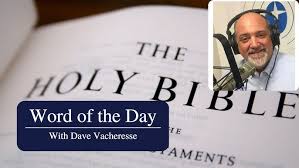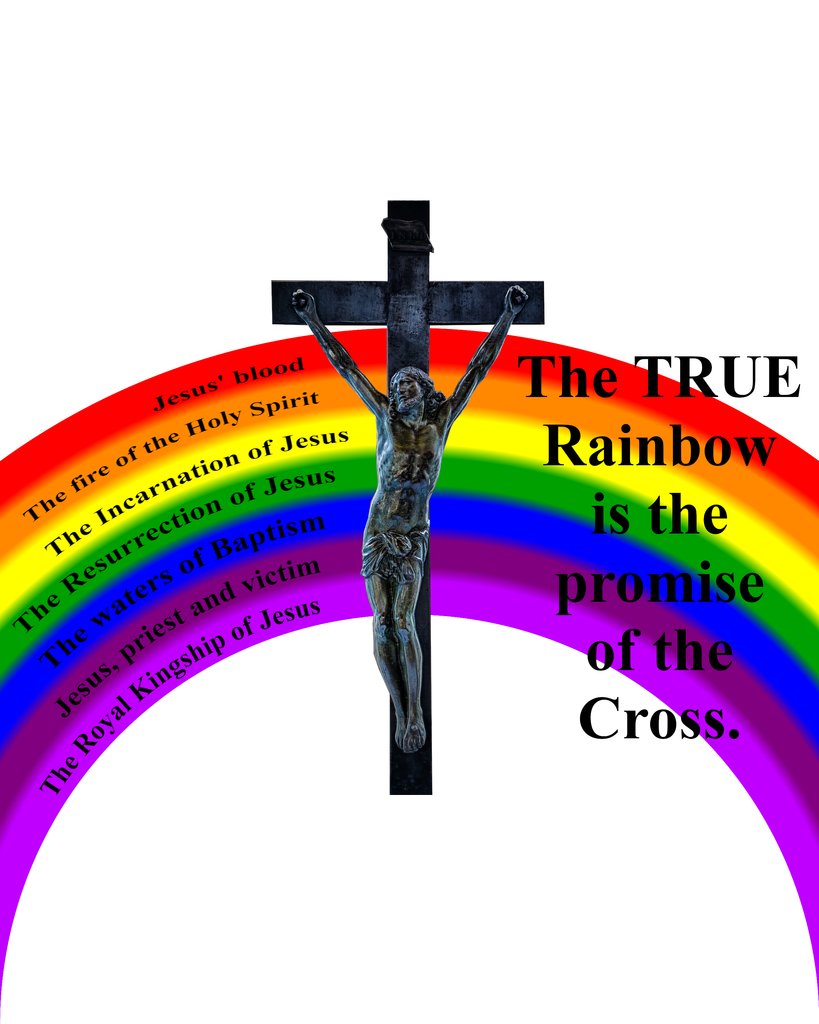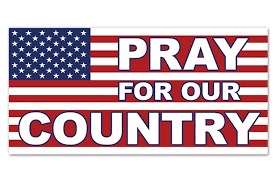Part 4: Architectural Theology at the New Saint Michael Church
This post serves as part 4 of a series on architectural theology using the new church of Saint Michael the Archangel in Leawood, Kansas as an example. It appeared as a bulletin article at the parish.
 Both within and without, the new St. Michael’s church uses many columns of different types. Columns provide an immediate connection with the long classical tradition, bringing immediate associations with architecture from the time of the ancient Athenians to Renaissance Rome to our own day. But columns are more than old-fashioned looking poles used for vertical support in a building. In one of its many layers of architectural symbolism, columns are people. The terminology of the column’s many parts speaks of
Both within and without, the new St. Michael’s church uses many columns of different types. Columns provide an immediate connection with the long classical tradition, bringing immediate associations with architecture from the time of the ancient Athenians to Renaissance Rome to our own day. But columns are more than old-fashioned looking poles used for vertical support in a building. In one of its many layers of architectural symbolism, columns are people. The terminology of the column’s many parts speaks of  this anthropomorphism: the top of a column is called a capital, derived from the Latin word for “head.” The bottom of a column, its base, gets its terminology for the Greek word for “foot.” So a column has a head and a foot, and takes the general proportions of a human being, roughly six times as high as it is wide.
this anthropomorphism: the top of a column is called a capital, derived from the Latin word for “head.” The bottom of a column, its base, gets its terminology for the Greek word for “foot.” So a column has a head and a foot, and takes the general proportions of a human being, roughly six times as high as it is wide.
In the Christian context, columns have a meaning as images of Christian people, doing the work of Christ by supporting the church building. People who give generously of their time and money to a parish are often called “pillars of the Church,” a phrase which comes from the Letter to the Galatians, chapter 2, verse 9. In church architecture, the building itself takes on a sacramental character, and the column speaks of the Christians past and present who support the mission of Christ in the Church.
At St. Michael’s, different types of columns are used, and each has its own meaning. The stout Doric columns used on the exterior porch and in the nave are traditionally associated with the form of men, and were used in ancient Rome for temples to warrior gods like Mars. In Leawood, they are used as emblems of St. Michael, the warrior archangel who chains Satan in hell. Another type of column, called the Ionic, is recognizable by the round scrolls in its capital. The slender proportions of these columns were understood in ancient times as imitating a motherly woman and so were identified with mothers and maternity. With the advent of Christianity, they became associated with the Virgin Mary, and so in the new church, they are found at the doorway to Our Lady’s chapel behind the sanctuary. They are also found on the second level of the nave, the slenderer columns being supported by the strong Doric below. This arrangement, in which stronger columns hold up lighter ones, derives from the order of nature given by God, where heavy things support light things and not vice versa. So one finds in St. Michael’s new church an architectural order based on the Christian fulfillment of pagan classicism, associations with the classicism of Rome and the Holy See, and the patterns of nature as evidence of the mind of God. To be continued…








